Digital Transformation
Unlocking Enterprise Agility: How CIOs Can Leverage Jira
Introduction to Enterprise Agility
Table of Contents
- 1 Introduction to Enterprise Agility
- 2 Understanding the Role of the CIO
- 3 Jira: An Overview of Its Capabilities
- 4 Aligning Jira with Agile Methodologies
- 5 Transforming Team Collaboration Through Jira
- 6 Driving Data-Driven Decision Making
- 7 Integrating Jira with Other Tools
- 8 Case Studies: Successful Implementations of Jira
- 9 Conclusion: The Future of Enterprise Agility with Jira
Enterprise agility refers to the ability of an organization to rapidly adapt and respond to changing market conditions and customer demands while maintaining operational efficiency and driving continuous improvement. In today’s fast-paced business environment, where technological advancements and consumer preferences evolve at an unprecedented pace, cultivating an agile organizational culture has become paramount for sustained competitiveness. Companies that embrace enterprise agility can respond swiftly to disruptions, innovate more effectively, and ultimately deliver greater value to their stakeholders.
A key characteristic of an agile organization is its focus on cross-functional collaboration, enabling teams to work seamlessly across departments. Agile enterprises prioritize customer feedback and incorporate it into their processes to ensure that products and services align with market needs. Additionally, these organizations foster an iterative approach to project management, allowing them to test, learn, and adapt effectively. Such agility is often facilitated by empowering employees at all levels to make decisions, thereby promoting a culture of trust and accountability.
However, traditional enterprises frequently encounter obstacles on their journey to becoming agile. Legacy structures, hierarchical decision-making, and rigid processes can hinder flexibility and slow down innovation. Resistance to change, often rooted in established mindsets and fear of the unknown, poses another significant challenge. Furthermore, a lack of real-time data and transparency can obstruct the ability to respond to shifting demands effectively. In order to overcome these challenges and achieve enterprise agility, organizations must adopt the right tools and methodologies that support agile principles.
As we explore the potential of tools like Jira in enabling this transformation, it becomes clear that integrating suitable technology can support agile practices, offering the necessary frameworks for collaboration, project management, and continuous improvement within the enterprise.
Understanding the Role of the CIO
The Chief Information Officer (CIO) has undergone a significant transformation in recent years, particularly in the era of digital transformation and enterprise agility. Traditionally viewed as the primary overseer of an organization’s IT infrastructure, the role of the CIO now encompasses broader responsibilities that extend well beyond technical management. With organizations increasingly reliant on technology to drive business goals, CIOs are emerging as central figures in shaping strategic initiatives and fostering an agile culture throughout the organization.
One of the key responsibilities of a modern CIO is to facilitate innovation. This involves not only adopting new technologies but also enabling teams to embrace innovative practices that enhance efficiency and performance. For example, by leveraging platforms like Jira, CIOs can help streamline workflows, improve project management, and foster collaboration among cross-functional teams. This strategic approach to innovation requires CIOs to have a deep understanding of both technology and the business landscape, allowing them to make informed decisions that align IT capabilities with organizational objectives.
In addition to driving innovation, CIOs play a critical role in promoting collaboration across various departments. This is especially crucial in agile environments, where teams must operate in a cohesive manner to respond effectively to market changes. The CIO’s leadership in establishing communication channels and integrating tools that facilitate teamwork can significantly enhance responsiveness and productivity. As a result, the CIO becomes a pivotal force in not just managing technology, but in ensuring that the organization’s workforce is equipped to thrive in an agile setting.
Moreover, the evolving role of the CIO includes acting as a change agent, leading initiatives that transform the organizational culture to embrace agility. This entails working closely with executives and other stakeholders to promote a mindset that values flexibility, experimentation, and continuous improvement. By embodying these principles, CIOs can effectively champion the adoption of agile methodologies across various levels of the organization, ensuring that agility becomes an integral aspect of the corporate ethos.
Jira: An Overview of Its Capabilities
Jira, developed by Atlassian, is a robust project management and issue-tracking tool that has become essential for organizations aiming to enhance their operational efficiency. Its capabilities extend well beyond simple bug tracking, serving as a comprehensive platform tailored to meet the diverse needs of enterprises. Central to its functionality are customizable workflows, which allow teams to design processes that align precisely with their unique projects and objectives. This feature provides the flexibility necessary for various departments within an enterprise, ensuring that each team can execute their tasks in a manner that best suits their operational style.
Another key feature of Jira is its real-time reporting capabilities. Teams can generate insightful dashboards and reports that reflect project progress, resource allocation, and overall performance metrics. Such transparency fosters informed decision-making and enables stakeholders to identify bottlenecks that may hinder productivity. These reporting tools play a crucial role in maintaining accountability within teams, allowing members to track their contributions and align them with broader organizational goals.
Moreover, Jira enhances collaboration among team members through integrated communication tools. Users can comment on issues, attach documents, and track changes all within the same interface. This collaborative environment nurtures a culture of open communication, ensuring that every team member is informed and engaged in the project lifecycle. Additionally, Jira’s adaptability aids not just software development teams but also marketing, operations, and other departments by providing out-of-the-box templates that can be customized for diverse functions.
Ultimately, Jira’s versatile nature makes it an invaluable asset for enterprises looking to improve their agility and streamline workflow across various teams. Whether used in software development or in support of marketing initiatives, Jira’s capabilities position it as a cornerstone for organizations aspiring for efficient project management.
Aligning Jira with Agile Methodologies
Jira is a robust project management tool designed to seamlessly integrate with various agile methodologies, notably Scrum and Kanban. By utilizing Jira, organizations can effectively implement these frameworks, enhancing their project management and fostering enterprise agility. Each methodology offers distinct advantages, and Jira’s features are tailored to cater to the nuances of both.
For teams adopting Scrum, Jira provides essential functionalities such as sprint planning, backlog management, and progress tracking. Teams can create sprints, allowing them to organize their work into manageable intervals. This means that teams can set clear goals, prioritize tasks, and continuously monitor their progress. Jira’s visual dashboards and reporting tools facilitate transparency in sprint performance, enabling teams to identify bottlenecks or areas for improvement quickly. The integration of user stories, epics, and tasks within the backlog allows teams to maintain a well-organized flow of work, which is vital for Scrum’s iterative approach.
In contrast, Kanban emphasizes continuous delivery and workflow optimization. Jira offers Kanban boards that allow teams to visualize their work in real-time, facilitating better workflow management. Teams can track tasks from initiation to completion, making it easier to identify constraints and manage work in progress limits. This visual arrangement simplifies prioritization and encourages collaboration, which are key elements of the Kanban methodology.
Implementing Jira for managing agile practices not only streamlines processes but also fosters a culture of transparency and accountability. The ability to adapt the tool to suit the specific needs and practices of each agile framework allows organizations to enhance their operational efficiency. As agile methodologies continue to gain traction in the enterprise world, leveraging Jira stands out as a strategic move towards achieving optimum agility in project management.
Transforming Team Collaboration Through Jira
In today’s fast-paced business environment, effective collaboration within teams is crucial for achieving organizational goals. Jira, a popular project management tool developed by Atlassian, has become an essential platform for enhancing team collaboration. By providing a centralized workspace, Jira enables team members to communicate efficiently and share knowledge seamlessly.
One of the key features that facilitate communication in Jira is its customizable workflows. These workflows ensure that all team members are aligned on their tasks and responsibilities, which leads to increased accountability. For instance, teams can create specific issue types for different tasks, each with defined statuses and owners, allowing everyone to track progress easily. This transparency fosters an open exchange of information, as members can quickly identify which tasks require attention and collaborate accordingly.
Additionally, Jira’s integration with other tools enhances the collaborative experience further. For example, by linking with Confluence, teams can document their processes and decisions alongside project tracking, creating a knowledge repository that is readily accessible. This integration not only improves information sharing but also ensures that all team members remain informed and engaged throughout the project lifecycle.
Real-world examples illustrate the impact of Jira on team collaboration. A software development team reported that implementing Jira improved their sprint planning meetings. By visualizing tasks and their progress on Jira boards during these meetings, team members could discuss blockers openly, leading to quicker resolutions. This shift not only enhanced their workflow but also strengthened their team culture, as members felt more empowered to contribute ideas and solutions.
In conclusion, Jira significantly transforms team collaboration by streamlining communication, promoting knowledge sharing, and enhancing transparency. As organizations continue to seek agile solutions, leveraging Jira can help foster a collaborative environment that drives success and innovation.
Driving Data-Driven Decision Making
In the contemporary business environment, where agility and speed are paramount, data-driven decision-making has emerged as a crucial element for Chief Information Officers (CIOs) aiming to enhance enterprise performance. Jira, a versatile project management tool, equips CIOs with robust reporting and analytics capabilities that facilitate informed decisions by providing real-time data insights. These features enable organizations to remain responsive to changing market demands and operational dynamics.
One of the most valuable aspects of Jira is its array of reporting tools designed to visualize data comprehensively. CIOs can generate dashboards that reflect project status, team performance, and workload balances. This visualization allows for quick identification of bottlenecks in workflows, enabling immediate action to remediate any issues that may hinder progress. Furthermore, with the ability to customize these reports according to specific metrics, CIOs can track critical performance indicators that align with the organization’s strategic objectives.
Jira also facilitates enhanced collaboration by allowing team members to input real-time updates, thereby strengthening data accuracy and timeliness. This collaborative approach to data collection ensures that decisions are made based on the most current information available, thus reducing the risks associated with outdated or inaccurate data. Additionally, advanced analytical capabilities in Jira allow for deeper insights, helping to forecast future projects’ outcomes and performance trends.
By leveraging these data insights, CIOs can drive informed decision-making processes that significantly enhance enterprise agility. The insights generated from Jira not only support immediate operational decisions but also inform long-term strategic planning. In an era where the ability to pivot swiftly is a competitive advantage, harnessing the power of data through Jira can lead to substantial improvements in organizational responsiveness and agility.
Integrating Jira with Other Tools
Integrating Jira with other enterprise tools is pivotal for organizations seeking to enhance their operational efficiency. Jira, primarily known for its project management and issue-tracking capabilities, can significantly benefit from integration with platforms such as Confluence, Trello, and numerous third-party applications. This unified ecosystem not only streamlines processes but also fosters seamless collaboration among teams, thereby enhancing productivity.
One of the principal advantages of integrating Jira with Confluence is the ability to centralize documentation and project management efforts. When teams utilize Confluence to document project specifications and meeting notes, integration with Jira allows them to link these documents directly to specific tasks or issues, providing context and historical insight. This connection ensures that all team members have access to relevant information, facilitating informed decision-making and reducing the likelihood of miscommunication.
Moreover, integration with tools like Trello can enhance visual project management. Trello’s board-style layout complements Jira’s more structured approach, allowing teams to visualize progress while tackling complex projects. With synchronization between the two platforms, teams can seamlessly transition tasks from one tool to another based on their unique workflows, which fosters agile practices and promotes adaptability in rapidly changing environments.
Additionally, integrating Jira with various third-party applications can further enhance its functionalities. For instance, connecting Jira with customer support platforms allows teams to manage customer feedback efficiently, linking user-reported issues directly back to the development process. This level of integration cultivates a feedback loop that is essential for continuous improvement and ensures that customer needs are a priority throughout the product lifecycle.
Ultimately, the integration of Jira with various tools not only contributes to a more cohesive working environment but also drives agile behaviors that are crucial for today’s enterprises. By leveraging these interconnected systems, organizations can achieve enhanced consistency across projects, leading to improved outcomes and greater overall efficiency.
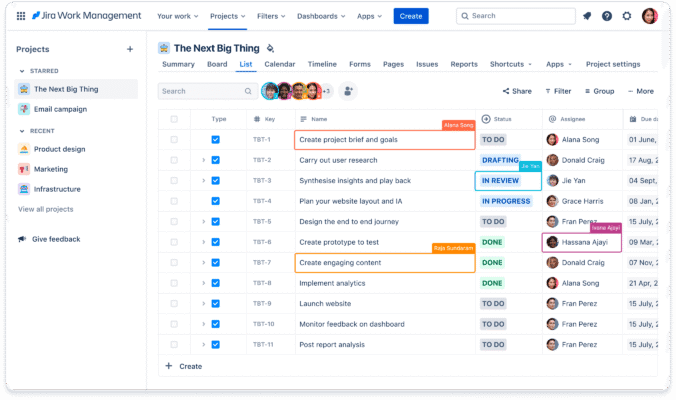
Case Studies: Successful Implementations of Jira
In recent years, several organizations across different sectors have successfully harnessed the capabilities of Jira to enhance their operational agility. A notable case is that of a large financial services firm that faced challenges in synchronizing its diverse teams. By implementing Jira, the organization could achieve improved visibility across departments. Teams began utilizing the software’s customizable boards to track progress in real time. As a result, the firm not only streamlined its workflow but also dramatically reduced project turnaround times, allowing it to respond swiftly to regulatory changes and customer needs.
Another compelling example comes from a leading e-commerce company that aimed to accelerate its product development cycle. Prior to adopting Jira, the company struggled with manual processes and siloed information. By transitioning to Jira, it was able to centralize project tracking, which fostered improved collaboration among product, marketing, and IT teams. The integrated platform allowed for immediate feedback loops, ultimately leading to a 30% increase in the speed of launching new features. This agility enabled the organization to stay ahead of competitors and better serve its customers.
A healthcare provider also achieved remarkable results with Jira’s implementation. Faced with a demanding environment due to regulatory requirements and patient needs, the organization sought to enhance its project management capabilities. Through strategic use of Jira’s reporting tools, leadership gained actionable insights into project statuses and resource allocation. This visibility empowered them to make data-driven decisions, significantly boosting their operational efficiency. Consequently, they were able to enhance service delivery without compromising compliance standards.
These case studies illustrate that the effective use of Jira can fundamentally transform how organizations operate, enabling them to overcome challenges, improve interdepartmental collaboration, and enhance their responsiveness to market conditions. Key takeaways from these experiences provide valuable insights into adopting tools that align portfolios with organizational goals.
Conclusion: The Future of Enterprise Agility with Jira
As organizations continue to navigate the complexities of the modern business landscape, the significance of enterprise agility cannot be overstated. Throughout this discussion, we have explored how Jira serves as an essential tool for Chief Information Officers (CIOs) pursuing enhanced organizational flexibility and responsiveness. The capabilities of Jira not only streamline processes but also foster collaboration among cross-functional teams, ensuring that enterprises can adapt swiftly to market changes and customer demands.
Looking ahead, the future of enterprise agility is poised for further transformation. Emerging trends such as automation, artificial intelligence, and advanced analytics will reshape the way organizations operate. Jira’s robust framework allows CIOs to harness these innovations, enabling them to make informed decisions based on real-time data and insights. By integrating these technologies, CIOs can maintain a competitive edge and ensure their organizations are not only agile but also resilient.
Moreover, the ongoing emphasis on remote work and distributed teams necessitates tools that enable seamless communication and project management. Jira provides various features designed to support remote collaboration while maintaining holistic visibility over projects and tasks. As organizations embrace this shift, CIOs must recognize the importance of leveraging Jira to facilitate effective teamwork regardless of geographical barriers.
In light of these developments, it is imperative for CIOs to commit to an agile mindset and embrace the technological tools available to them. By leveraging Jira and its extensive capabilities, CIOs can unlock enterprise agility and propel their organizations towards sustained success. The call to action is clear: embrace agility, adopt innovative tools, and ensure that your organization thrives amid uncertainty and change.



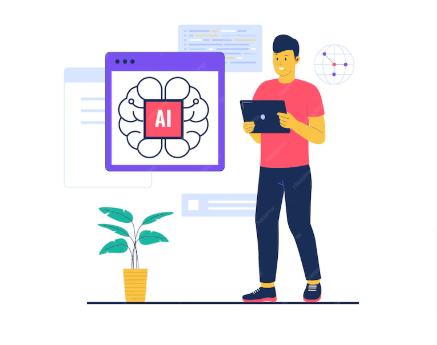

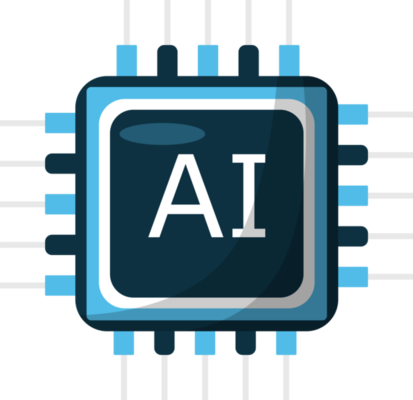





















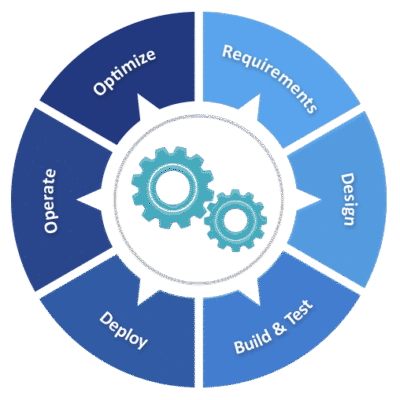


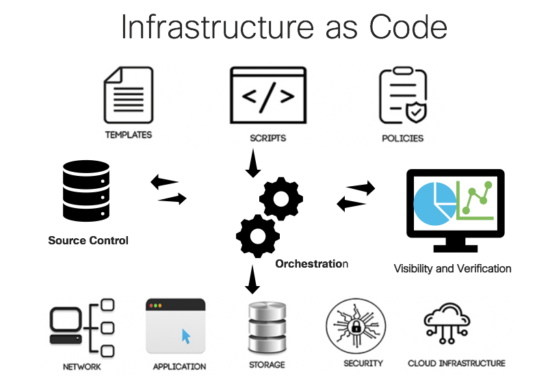
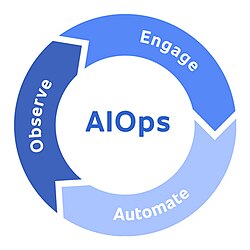




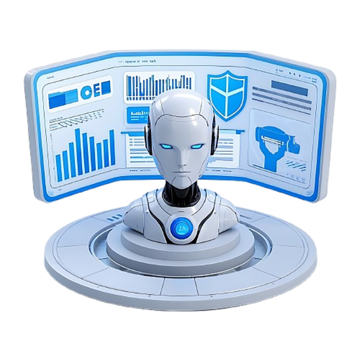




















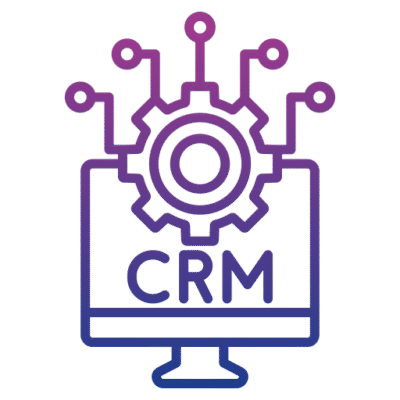




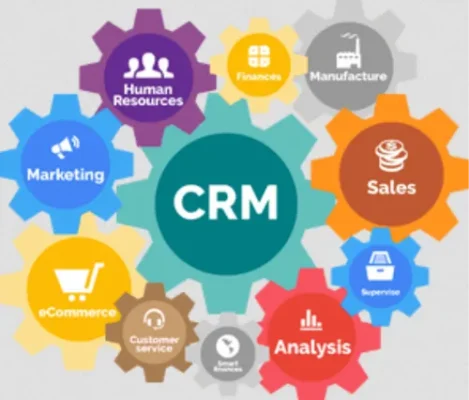
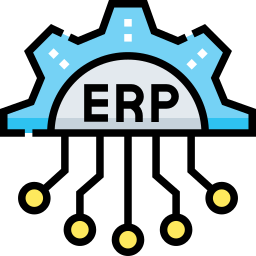


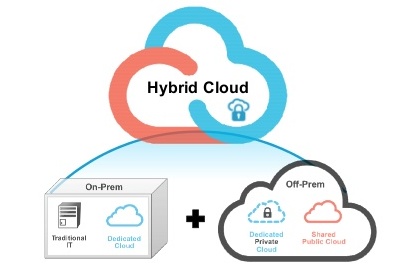

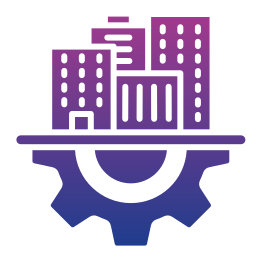



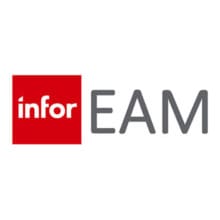








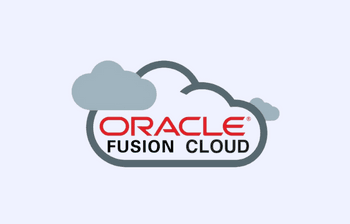



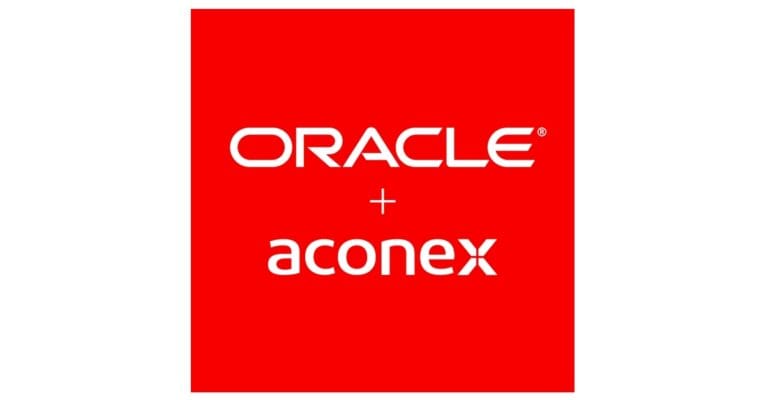





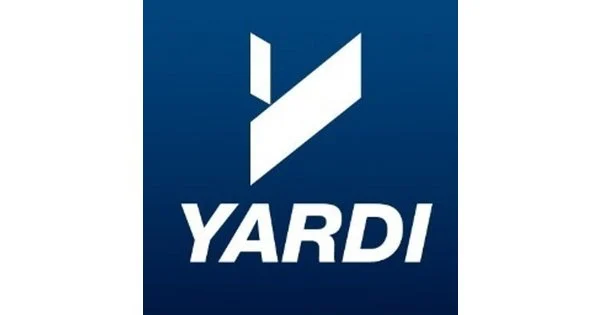

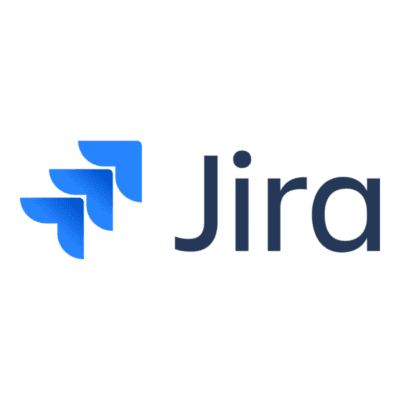

Thanks for reading! Stay curious, keep exploring.